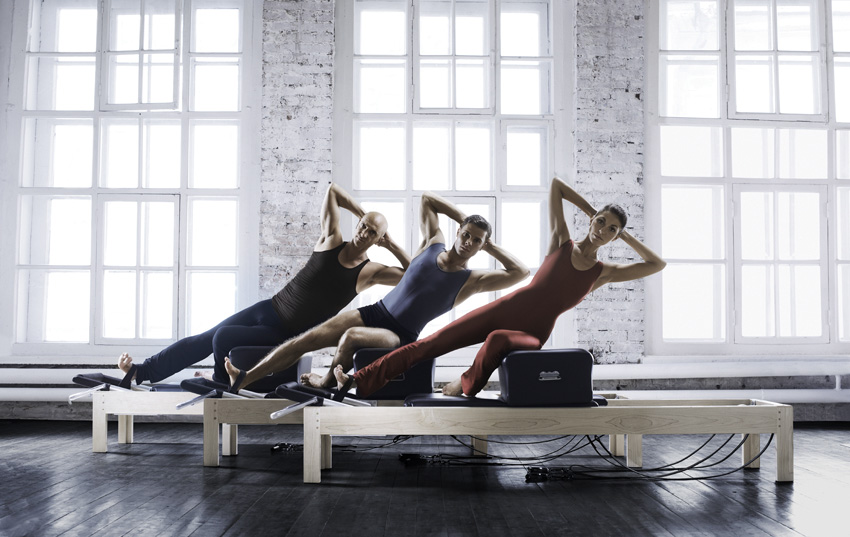
PILATES

Using the world-renowned Joseph Pilates method of Contrology - a system of physical and mental conditioning that emphasizes controlled movement, core strength, flexibility, and overall body awareness. In this session you will develop a uniformly strong and flexible body focusing on correcting poor posture, preventing injury and restoring physical vitality while invigorating the mind and elevating the spirit.
At World Class Monaco, we offer two variations of Pilates sessions led by our certified coaches: Group Classes and personalised Private Sessions, available in both one-on-one and two-on-one formats.
Join our Group Classes for a supportive community and a motivating environment. Fostering a sense of teamwork and sharing progress, our Coaches ensure personalised attention and guidance. Enjoy the energising atmosphere and sense of belonging that comes from working towards your fitness goals alongside like-minded peers.
Choose our Private Sessions for an intimate workout tailored to your unique goals, abilities, and preferences. With a studio fully equipped with the entire classical Pilates system of machines, you'll receive detailed instruction and feedback to maximize your progress and refine your technique. Whether you choose one-on-one sessions or prefer to bring a friend, you'll benefit from customised routines designed to address your specific strengths, weaknesses, and objectives.